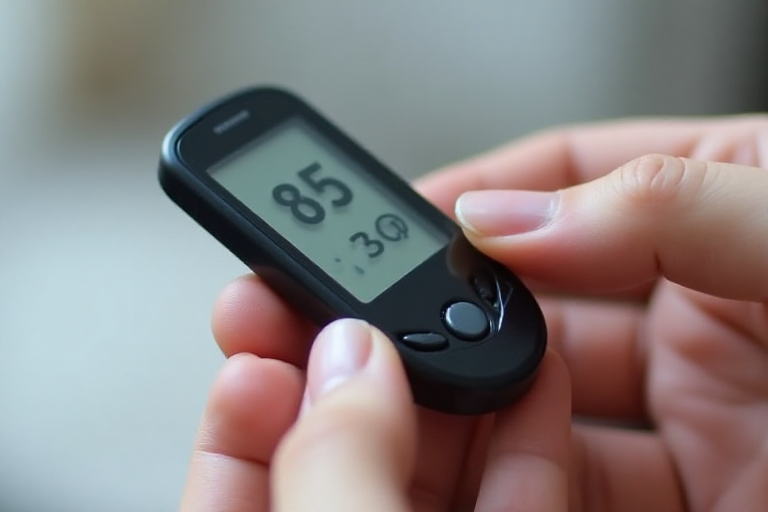
Maintaining optimal blood sugar levels is crucial for overall health, especially for individuals managing diabetes or prediabetes. Blood sugar, or glucose, is the primary source of energy for the body’s cells. However, when blood sugar levels are too high or too low, it can lead to serious health complications. This article delves into the importance of blood sugar health and how glucose monitoring devices can help individuals maintain balanced levels.
Blood sugar levels are influenced by various factors, including diet, physical activity, stress, and medication. For people with diabetes, the body either doesn’t produce enough insulin (Type 1 diabetes) or doesn’t use insulin effectively (Type 2 diabetes). Insulin is a hormone that helps glucose enter cells to be used for energy. Without proper management, high blood sugar levels can damage blood vessels, nerves, and organs over time.
Regular monitoring of blood sugar levels is essential for managing diabetes and preventing complications. This is where glucose monitoring devices come into play. These devices provide real-time data on blood sugar levels, allowing individuals to make informed decisions about their diet, exercise, and medication.
There are several types of glucose monitoring devices available, each with its own set of features and benefits. The most common type is the blood glucose meter, which requires a small blood sample, usually obtained by pricking the finger. The blood is then placed on a test strip, which is inserted into the meter to provide a glucose reading. These meters are portable, easy to use, and provide quick results, making them a popular choice for daily monitoring.
Another option is continuous glucose monitoring (CGM) systems. These devices use a small sensor inserted under the skin to measure glucose levels in the interstitial fluid. The sensor sends data to a receiver or smartphone app, providing continuous updates on blood sugar levels. CGMs are particularly beneficial for individuals who need to monitor their glucose levels closely, such as those with Type 1 diabetes or those experiencing frequent blood sugar fluctuations.
Flash glucose monitoring is another innovative technology that allows users to check their glucose levels without the need for finger pricks. A small sensor is worn on the back of the arm, and users can scan the sensor with a reader or smartphone to get a glucose reading. This method is less invasive and provides a comprehensive view of glucose trends over time.
In addition to these devices, there are also apps and software that can help individuals track their blood sugar levels, diet, and physical activity. These tools can provide valuable insights and help users identify patterns that may affect their blood sugar levels. Some apps even offer personalized recommendations based on the data collected.
It’s important to note that while glucose monitoring devices are incredibly useful, they are not a substitute for medical advice. Individuals should work closely with their healthcare provider to develop a comprehensive diabetes management plan that includes regular monitoring, a balanced diet, physical activity, and medication if necessary.
In conclusion, maintaining healthy blood sugar levels is essential for overall well-being, particularly for those managing diabetes. Glucose monitoring devices play a vital role in helping individuals keep track of their blood sugar levels and make informed decisions about their health. By leveraging the latest technology and working closely with healthcare providers, individuals can take control of their blood sugar health and reduce the risk of complications.
